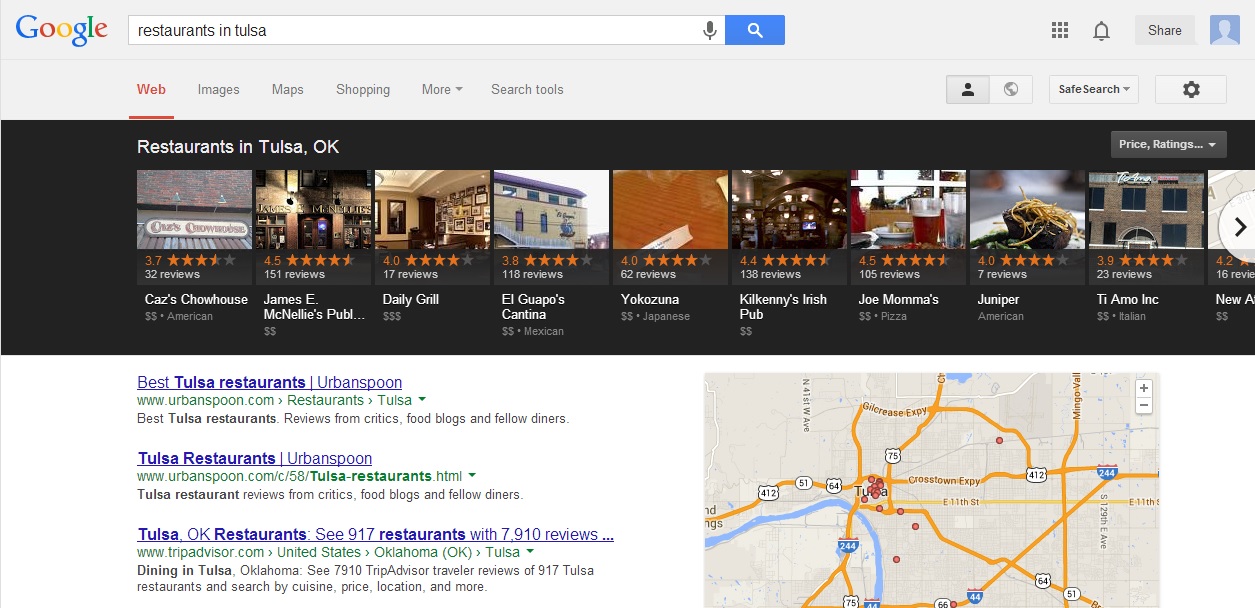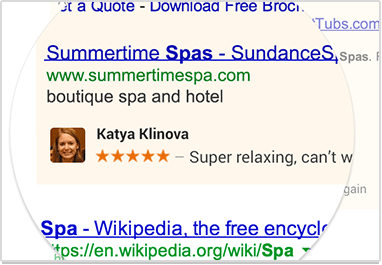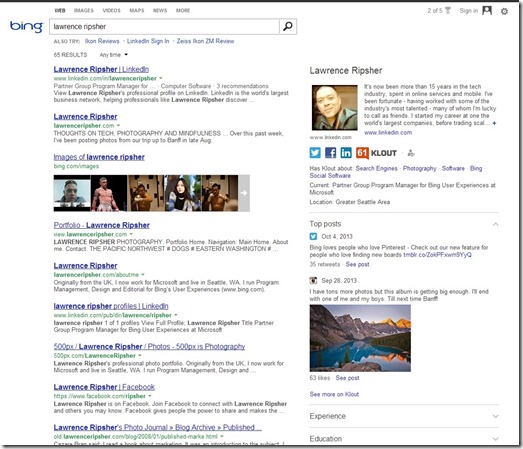 There have never been more opportunities for local businesses online than now. Search engines cater more and more to local markets as shoppers make more searches from smartphones to inform their purchases. But, in the more competitive markets that also means local marketing has become quite complicated.
There have never been more opportunities for local businesses online than now. Search engines cater more and more to local markets as shoppers make more searches from smartphones to inform their purchases. But, in the more competitive markets that also means local marketing has become quite complicated.
Your competitors may be using countless online tactics aiming too ensure their online success over yours, and to stand a chance that means you also have to employ a similarly vast set of strategies. When this heats us and online competition begins to grow convoluted, some things get overlooked. The more you have to juggle, the more likely you are to make a serious mistake.
In true Halloween fashion, Search Engine Watch put together the four most terrifying local search mistakes that can frighten off potential customers.
Ignoring the Data Aggregators
A common tactic is to optimize Google+ listings, as well as maybe Yelp, or a few other high-profile local directories. But, why stop there? Google crawls thousands and thousands of sites that contain citations every day, so optimizing only a few listings is missing out on serious opportunities.
The most efficient way to handle this and optimize the sites most visible to customers, businesses should focus on data sources that Google actually uses to understand local online markets. The best way to do this is to submit business data to the biggest data aggregators, such as Neustar Localeze, InfoUSA, Acxion, and Factual.
Not Having and Individual Page for Each Business Location
A few years ago Matt Cutts, one of Google’s most respected engineers, said, “if you want your store pages to be found, it’s best to have a unique, easily crawlable URL for each store.” These days organic ranking factors have become much more influential in Google’s method of ranking local businesses, so this advice has become more potent than ever before.
There are also numerous non-ranking based reasons you should have optimized location pages for each location. If you don’t have actual results on individual pages, Google isn’t indexing that content separately, and instead only sees the results offered in a business locator. Think of it like optimizing a product site without product pages. If the results don’t have separate pages, it loses context and usability.
Ignoring the Opportunity to Engage Your Customers
Whether you want to face it or not, word of mouth has managed to become more important than ever as consumers talk about businesses online on social media. Each opinion has an exponentially larger audience than ever in history, so a single bad review is seen by hundreds or thousands of potential customers. Thankfully, that one review doesn’t have to be your down bringing.
First, if bad reviews get seen by more people, the same can be said for good reviews. If a bad review is an outlier, it might not make such an impact on viewers. But, more importantly, every review mention or review or interaction with your business gives you the opportunity to engage them back. If you see a positive mention online, showing gratitude for the remark opens up an entirely new connection with your brand. Similarly, a bad review can be salvaged by simply asking how changes can be made to improve their experience in the future.
Not Using Localized Content
Pretty much every local online marketer has heard about the importance of using the relevant keywords in their content so their website ranks for those terms. But, they tend to only use this logic for the products or types of services they offer.
Local keywords including ZIP codes, neighborhoods, or popular attractions can do as much to help you stand out for important searches as product based keywords can. Simply including information about traffic or directions can help you start ranking for search terms your competitors are missing.

 Google’s Carousel may seem new to most searchers, but it has actually been rolling out since June. That means enough time has past for marketing and search analysts to really start digging in to see what makes the carousel tick.
Google’s Carousel may seem new to most searchers, but it has actually been rolling out since June. That means enough time has past for marketing and search analysts to really start digging in to see what makes the carousel tick. These changes won’t take place until November, but don’t expect a prompt roll-out. It is possible you may start seeing the changes starting the 11th, but more likely it will gradually appear over the span of a few days or even a couple of weeks.
These changes won’t take place until November, but don’t expect a prompt roll-out. It is possible you may start seeing the changes starting the 11th, but more likely it will gradually appear over the span of a few days or even a couple of weeks. Bing gave people more control over what shows up about them online last week when
Bing gave people more control over what shows up about them online last week when  It seems like everything looks different over at Google these days. Not only has their logo subtly
It seems like everything looks different over at Google these days. Not only has their logo subtly 
 Have you noticed a difference using Google on your smartphone this past week? Last week Ilya Grigorik, a Google developer advocate,
Have you noticed a difference using Google on your smartphone this past week? Last week Ilya Grigorik, a Google developer advocate,  Many considered it only a matter of time before advertising would find its way onto Instagram, since Facebook purchased the app. However it took much longer than most expected. Instagram has remained ad-less until now, but over the next few months you will finally see that change. Instagram
Many considered it only a matter of time before advertising would find its way onto Instagram, since Facebook purchased the app. However it took much longer than most expected. Instagram has remained ad-less until now, but over the next few months you will finally see that change. Instagram 

